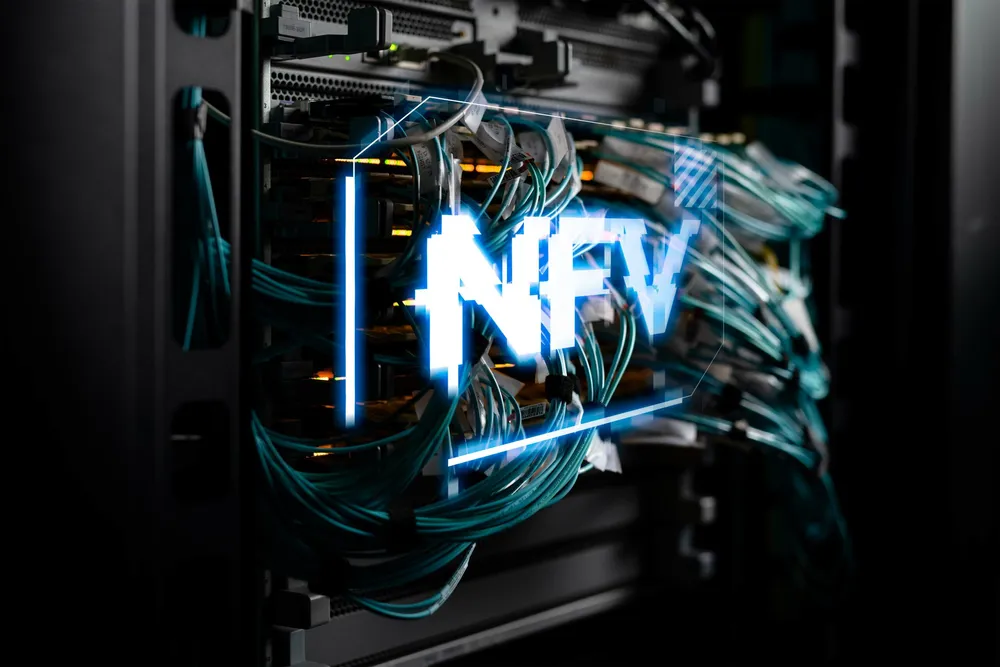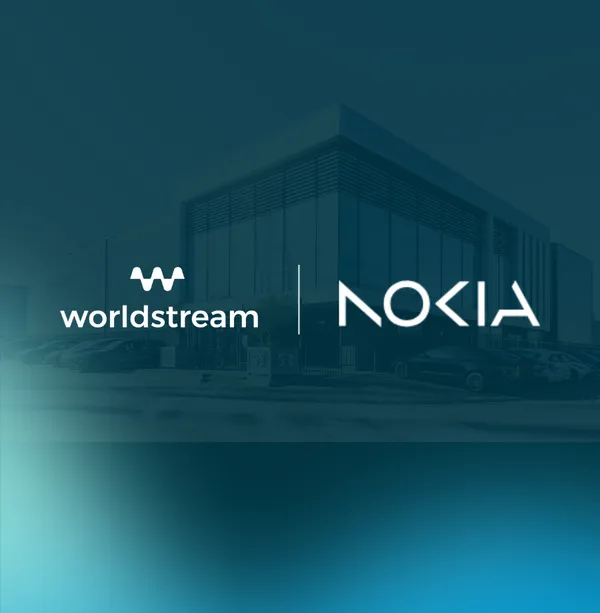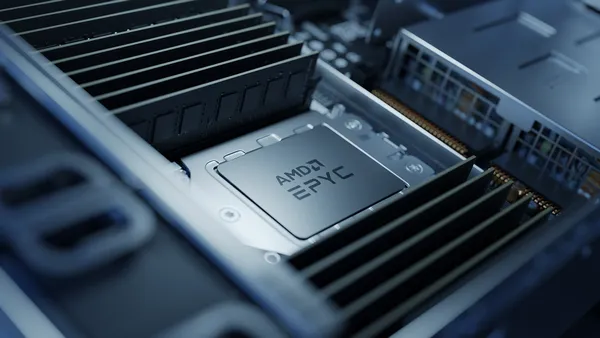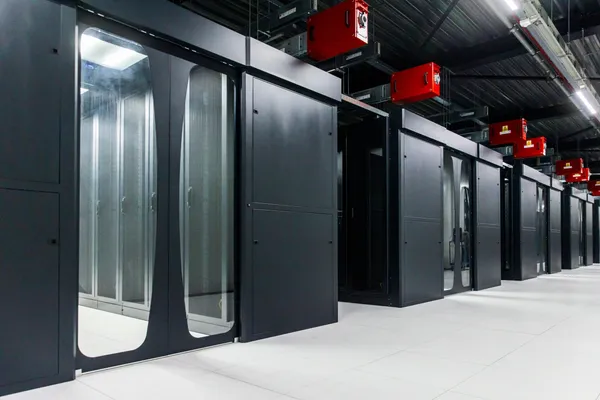Why NFV-based Data Center Services Should Be on the Radar of MSPs

Knowledge blog

Managed service providers might be interested to learn about the opportunities that SDN combined with NFV can bring them. Why? An increasing number of Enterprises and SMB organizations is moving from legacy IT infrastructure to hosted, on-demand cloud applications. SDN/NFV powered networks ensure flexible, quick, cost efficient, and feature rich data center services support for these cloud-hosted applications thus creating new channel opportunities.
Ever thought about using NFV-based Data Center Services?
92% of organizations’ IT environments are at least somewhat in the cloud today, according to IDG’s 2020 Cloud Computing study. 81% of organizations have at least one application or a portion of their computing infrastructure in the cloud, which is up from 73% in 2018. It’s obvious, the use of hosted, on-demand cloud applications is on the rise. For managed service providers, the use of SDN/NFV powered networks might be the answer to cloud oriented flexibility and cost efficiency requirements set by both SMBs and Enterprises.
Software Defined Networking (SDN) technology allows network administrators to decouple network control from the hardware. Next to that, NFV (Network Function Virtualization) technology replaces dedicated network appliances such as routers, firewalls and load balancers with software running on physical servers. Virtualization alone does not add the desired value over the traditional situation though. What matters for MSPs is the intelligence that virtualization can bring when SDN and NFV are combined. SDN controlling the NFV, that’s a powerful combination which makes all the difference.
The SDN controller can act as ‘the brain’ of an SDN/NFV powered network. When smartly designed, such an SDN controller provides MSPs the opportunity to dynamically control, modify and manage their data center services delivery when utilizing software-defined networks.
Setting up Routers, Firewalls, Storage, VMs
The flexibility to instantly setup, move or remove data center resources including routers, firewalls, load balancers, storage, VMs, and more, while allowing for centralized management, makes the MSP business proposition thus their clients’ IT environments extremely agile. In addition, with SDN/NFV powered networks, scaling of IT resources can be done very quickly to instantly support evolving business needs. In addition, redundancy in data center resources and even entire data centers can be easily implemented.
Some of the world’s largest telecommunications carriers have already begun deploying Software Defined Networking combined with Network Function Virtualization technologies in their networks. So did Worldstream on top of its global network backbone, including an in-house engineered SDN controller with intelligent design, providing managed service providers (MSPs) with extensive new opportunities to create added value catering to cloud dictated flexibility and cost efficiency needs.
As said, the increased use of cloud-hosted applications and hybrid cloud is a driver for SDN/NFV adoption, but the rise of Internet of Things (IoT) is another incentive to adopt SDN and NFV. MSPs may use SDN/NFV powered networks for example as a means to easily and flexibly connect a large number of distributed IoT gateways and endpoints at the edge. Many of these IoT solutions may require access to low-latency network services that are pushed to the edge of the network. Requirements like these cannot easily be met by relying on legacy network architectures.
As-a-Service Business Model
Traditionally, managed service providers are used to managing the physical equipment in the data center and the applications running on top of it for their customers. For various applications this will not change, at least not for now, but the rise of cloud and Software-as-a-Service (SaaS), as well as IoT and other emerging trends requiring enhanced agility will force MSPs to adjust their offerings anyway. MSPs will be forced to operate more flexibly, seamlessly aligned with the cloud – and, at the edge. SDN/NFV-based networks offer the opportunity for MSPs to cost-effectively transform their operations into an agile value proposition, one that is also better scalable.
For a managed service provider, it may be a bit scary to let go of these physical installations and hands-on management in the data center when choosing to provide data center resources ‘as-a-service’. MSPs remain very important to end users though as the integrators of all different resources. Bundling data center resources and leveraging them to include other services on top of it could further help increase MSP margins. Moreover, it offers them an opportunity to generate and accelerate recurring revenues for services that would otherwise cost quite a bit of engineering man hours, time that can now be spent on real added value.
Great examples of SDN/NFV-based as-a-service data center functionality that can be offered by MSPs include Firewall as a Service, Object and Block Storage as a Service, Bare Metal, Private Cloud, hypervisors, cybersecurity solutions, VMs, cloud instances, and many other data center services.
Dutch managed service provider Deltics for example has launched as-a-service solutions for backup & disaster recovery and archiving based on Worldstream’s SDN/NFV powered network. It provides them with cloud-oriented flexibility, matching the consumer-based IT needs of their customers. Also, in terms of security, latency and performance, Worldstream’s SDN/NFV based network is offering significant added value for Deltic’s customers. This at a cost reduction of about 50 percent. To learn more about this case study, take a look here.
Proof of Concept Trial
The flexibility to instantly implement or remove data center resources represents yet another great benefit for managed service providers. It allows for easy installation of Proof-of-Concepts (PoCs) with data center services being offered. With SDN/NFV powered networks, it’s quite easy to offer quick and easy trial setups for clients with different configurations.
These PoCs provide managed service providers the opportunity to evaluate which system configuration best meets an organization’s needs and requirements. It may better help MSPs to convince their customers of the possible benefits of various configurations and the associated competitive advantages.
A software-defined data center environment with the ability to quickly setup PoCs brings speed to the delivery process. In the end, by accelerating the delivery of data center resources and configurations, MSPs will be able to reduce costs, improve the customer experience, recoup their investments faster, and speed up the time-to-invoice for their OPEX-based data center services.
To sum up, key benefits of SDN/NFV powered networks for MSPs include:
- Central, simplified management of network and data center resources.
- Easy and fast roll out of new managed services.
- Enabling on-demand business models.
- Facilitating regional and global delivery of managed services.
- Ample options to flexibly interconnect data center resources.
- Edge oriented deployment meeting ultimate compliance requirements.
- Easy setup of Proof of Concept (POC) trials.
- When smartly designed, SDN/NFV networks allow for dynamic workload migrations.
- High redundancy, resulting in high availability of managed services.
About Worldstream's SDN/NFV-based platform
Bolstered by Worldstream’s global network backbone, the Worldstream Elastic Network (WEN) is an SDN/NFV-based platform allowing for agile and cost-effective deployment of a feature rich portfolio of network functions, both regional (at the edge) and global. It gives Managed Service Providers (MSPs), SMBs and Enterprises the opportunity to provision and interconnect their data center resources at ease and dynamically migrate workloads in real-time. To learn more about WEN, take a look here.
We have 15 years of knowledge and experience with data centers, servers, and network management. The result is more than 15,000 dedicated servers spread across two in-house data centers through sister company Greenhouse Datacenters. In addition, Worldstream uses locations in Frankfurt and Amsterdam. High-quality IT infrastructure that is flexible and affordable. Emphasized by the sky-high Net Promoter Score of 74 (NPS/US) and satisfaction rating of no less than 9.6.
Curious about the plethora of solutions built upon opon our Worldstream Elastic Network platform? Discover our solutions here.
You might also like:
- IaaS and the rise of As-a-Service.
- The search for a better definition of the cloud.
- How SDN and NFV can benefit IT Infrastructure Deployment?
Have a question for the editor of this article? You can reach us here.

Latest blogs
The Ultimate Gaming Latency Guide: How to Eliminate Lag and Maximize FPS
Knowledge blog

Growing smarter with less maintenance

Knowledge blog

Worldstream and Nokia Join Forces for Next-Gen DDoS Protection

News

Worldstream unveils new positioning and offers customers more control over their digital infrastructure

News

5th Gen AMD EPYC 9355P – Now Live at Worldstream

News

Nokia strengthens Worldstream’s hosting security with advanced DDoS Protection in the Netherlands.

News
